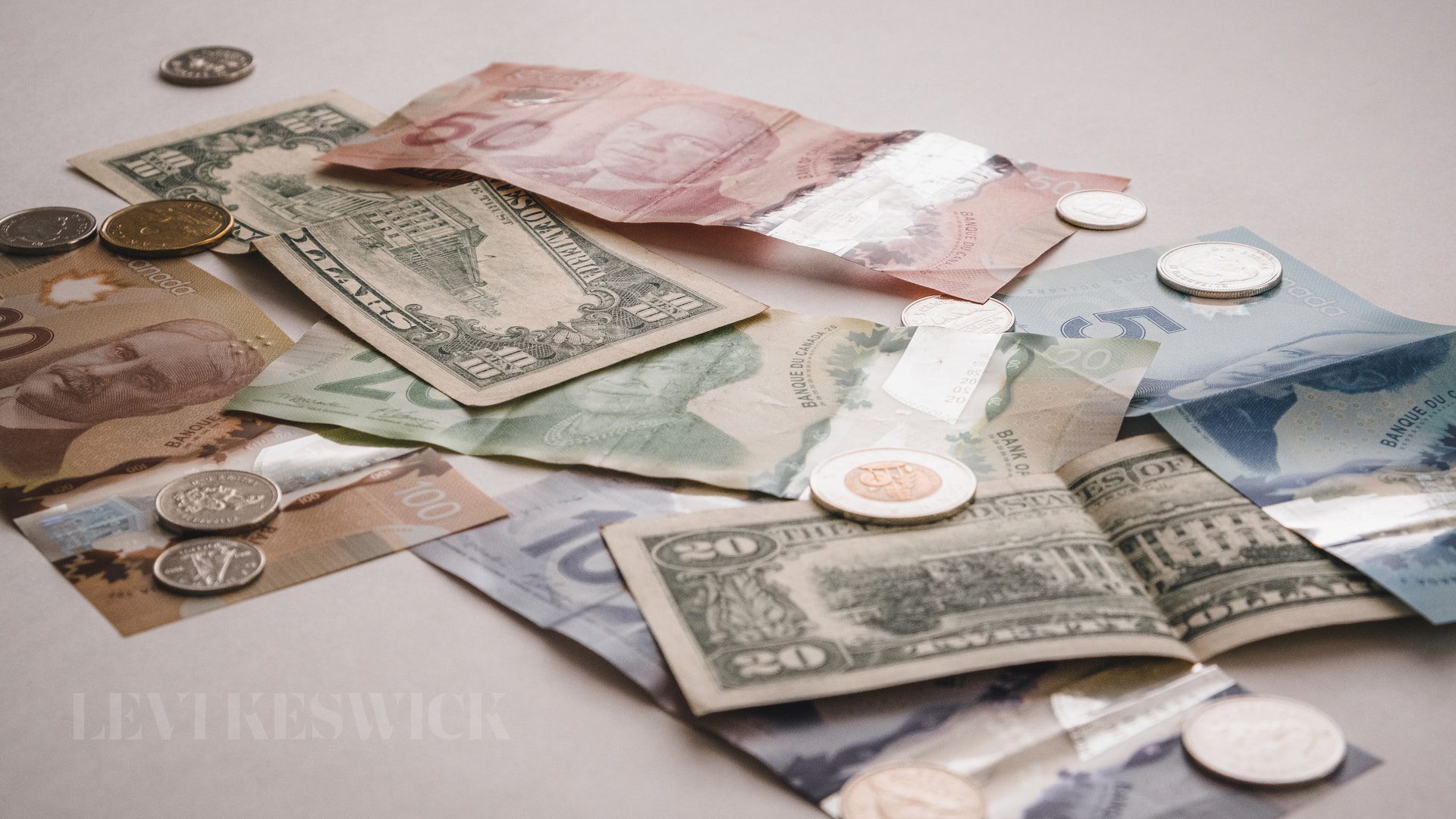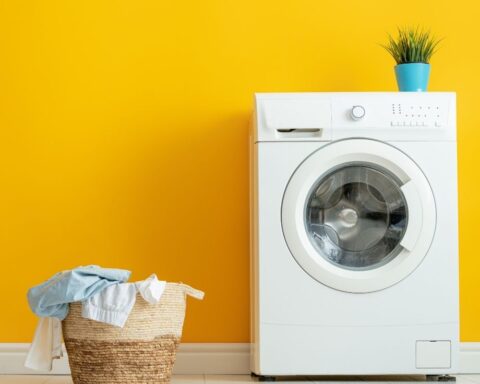Key takeaways:
- There are 5 cents in a nickel; thus, 21 nickels equate to 105 cents.
- To convert cents into dollars, divide the total amount by 100, as there are 100 cents in a dollar.
- 21 nickels, therefore, equals 1.05 dollars.
Nickel Knowledge: The Value of a Single Nickel
To fully appreciate how much is 21 nickels, it’s essential first to understand the value of a single nickel. As a piece of US currency, a nickel is worth 5 cents. This denomination, although smaller than a dime, quarter, or dollar, has its unique role in facilitating smaller transactions and precise change.
Doing the Math: How Much is 21 Nickels?
So, how does this apply to our initial query – how much is 21 nickels? The computation is straightforward. We multiply the number of nickels (21) by the value of each nickel (5 cents). This gives us a total of 105 cents.
Coins to Currency: Translating Cents to Dollars
However, while knowing you have 105 cents may be useful, it’s often more practical to convert this amount into dollars. This is especially true when dealing with larger quantities of loose change. The conversion process is simple: divide the total number of cents by 100, because there are 100 cents in each dollar.
Hence, when we divide our total of 105 cents by 100, we get the dollar equivalent of 21 nickels, which is 1.05 dollars.
Practical Applications: Why Knowing the Value Matters
Understanding how much is 21 nickels is more than just a fun math problem. It has practical implications in our daily lives. For instance, knowing the value of your loose change can help you plan your expenses, save for small goals, or even prevent you from overlooking the value of the change accumulating in your coin jar.
Moreover, understanding coin conversions is beneficial for younger individuals as it helps develop their numerical skills and understanding of money management.
Looking Beyond the Nickel: The Value of Change
While our focus here was to understand how much is 21 nickels, it’s essential to recognize the broader theme – the value of change. Whether we’re talking about coins in your pocket or the broader idea of financial change, understanding and managing even the smallest units can have significant impacts.
For instance, saving just a few nickels each day might not seem like much initially. But over time, these small amounts can add up, leading to substantial savings. It can also help instill a sense of financial discipline, a valuable life skill.
Similarly, understanding how to convert between different units of currency can help you make sense of financial transactions, especially when traveling to countries with different currency systems.
In conclusion, understanding how much is 21 nickels – or any other amount of loose change – equips us with more than just a mathematical understanding. It empowers us with financial awareness, highlights the value of saving, and illuminates the potential impact of change, one nickel at a time.








